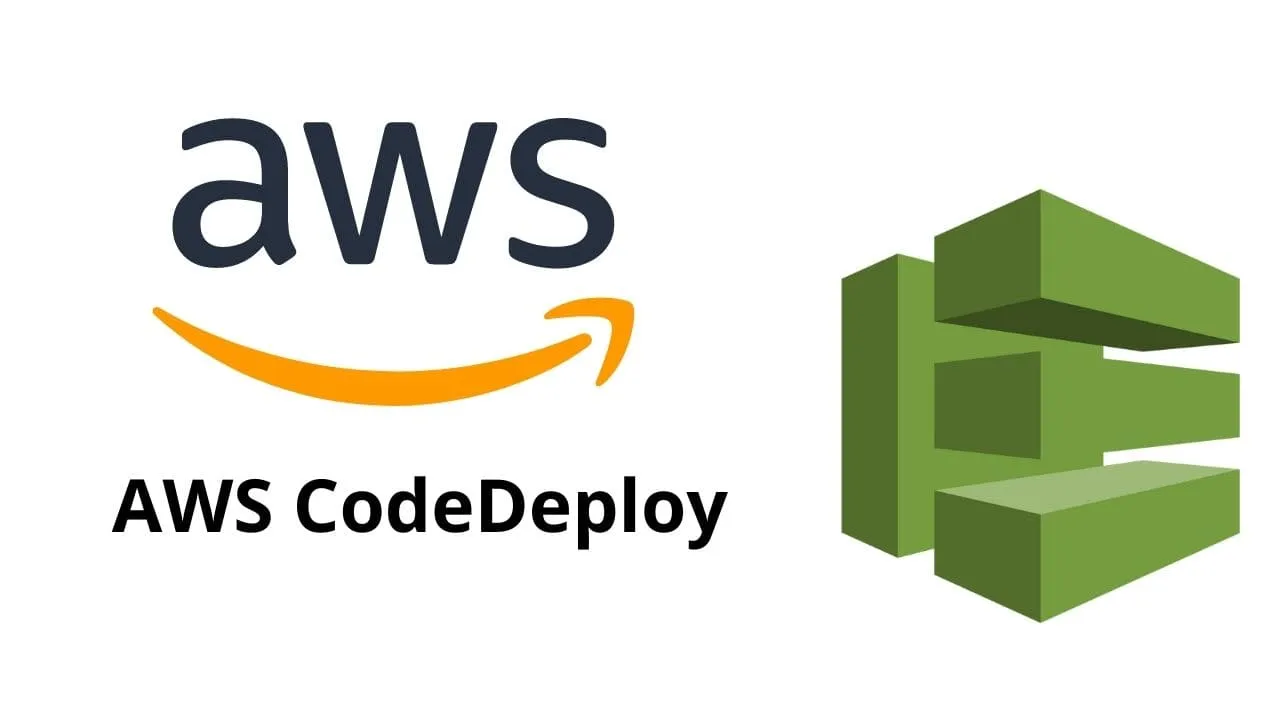Guide to Using Amazon CodeDeploy in AWS
 Sumit Mondal
Sumit Mondal
Introduction:
In the dynamic world of cloud computing, deploying and managing applications efficiently is crucial. Amazon CodeDeploy, a service provided by Amazon Web Services (AWS), simplifies the deployment process, making it seamless and reliable. This blog will guide you through the basics of using Amazon CodeDeploy in AWS, breaking down the steps in an easy and simple manner.
Understanding Amazon CodeDeploy:
Amazon CodeDeploy is a fully-managed deployment service that automates software deployments to various computing services such as Amazon EC2 instances, AWS Fargate, and Lambda functions. It eliminates the need for manual intervention, reducing deployment errors and downtime.
Prerequisites:
Before diving into Amazon CodeDeploy, ensure you have the following prerequisites:
An AWS account.
An application and deployment group set up in CodeDeploy.
An application revision, typically in the form of an application artifact stored in Amazon S3.
Installing and Configuring the CodeDeploy Agent:
The CodeDeploy agent is a software component that must be installed on your instances to enable CodeDeploy to deploy applications. Here’s how you can do it:
Launch an Amazon EC2 instance.
Install the CodeDeploy agent by running a set of commands provided in the AWS CodeDeploy console.
Configure the agent to communicate with your AWS account.
Creating an Application and Deployment Group:
Navigate to the AWS CodeDeploy console and create a new application.
Define a deployment group, specifying the instances to include in the deployment.
Configure deployment settings such as deployment type, deployment configuration, and deployment triggers.
Uploading Your Application Revision:
Package your application code into a ZIP or tar file.
Upload the application revision to an Amazon S3 bucket or an external repository.
Creating a Deployment:
In the CodeDeploy console, select your application and deployment group.
Click on "Create Deployment" and specify the application revision source.
Configure any additional settings and initiate the deployment.
Monitoring the Deployment:
Monitor the deployment progress in the CodeDeploy console.
AWS CodeDeploy provides detailed logs and metrics to help you troubleshoot any issues that may arise during the deployment process.
Rollback in Case of Issues:
If any issues occur during deployment, AWS CodeDeploy allows for automatic rollback to a previous, stable version.
Define rollback triggers and settings during the deployment group configuration.
Cleaning Up:
After successful deployment, it's good practice to clean up resources to avoid unnecessary costs.
Terminate any temporary instances or resources created during the deployment process.
Conclusion:
Amazon CodeDeploy simplifies the deployment process, providing a reliable and automated way to release applications on AWS. By following these easy steps, you can efficiently deploy and manage your applications, ensuring a smooth and error-free experience.
Remember, this is just a basic guide to get you started. AWS CodeDeploy offers more advanced features and customization options to suit complex deployment scenarios. Dive deeper into the documentation for a comprehensive understanding of the service. Happy deploying!
Subscribe to my newsletter
Read articles from Sumit Mondal directly inside your inbox. Subscribe to the newsletter, and don't miss out.
Written by

Sumit Mondal
Sumit Mondal
Hello Hashnode Community! I'm Sumit Mondal, your friendly neighborhood DevOps Engineer on a mission to elevate the world of software development and operations! Join me on Hashnode, and let's code, deploy, and innovate our way to success! Together, we'll shape the future of DevOps one commit at a time. #DevOps #Automation #ContinuousDelivery #HashnodeHero